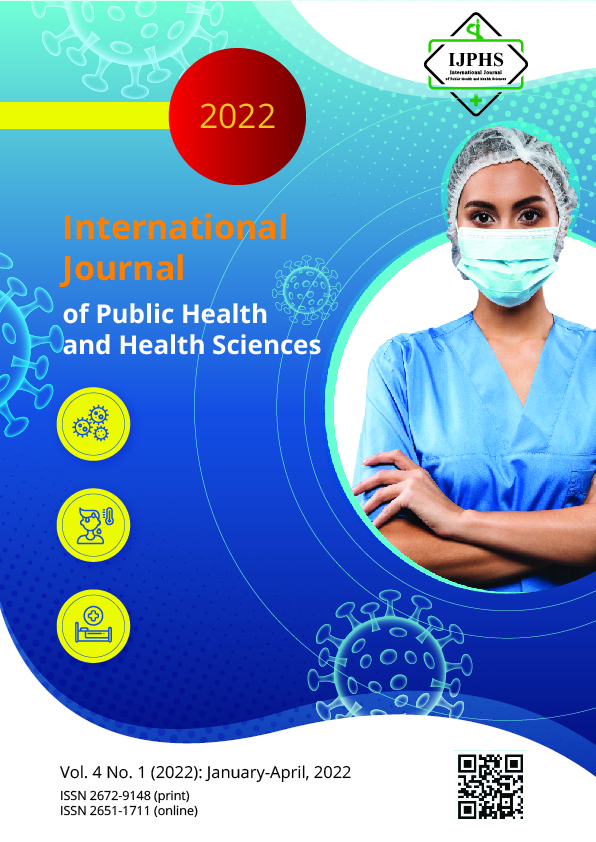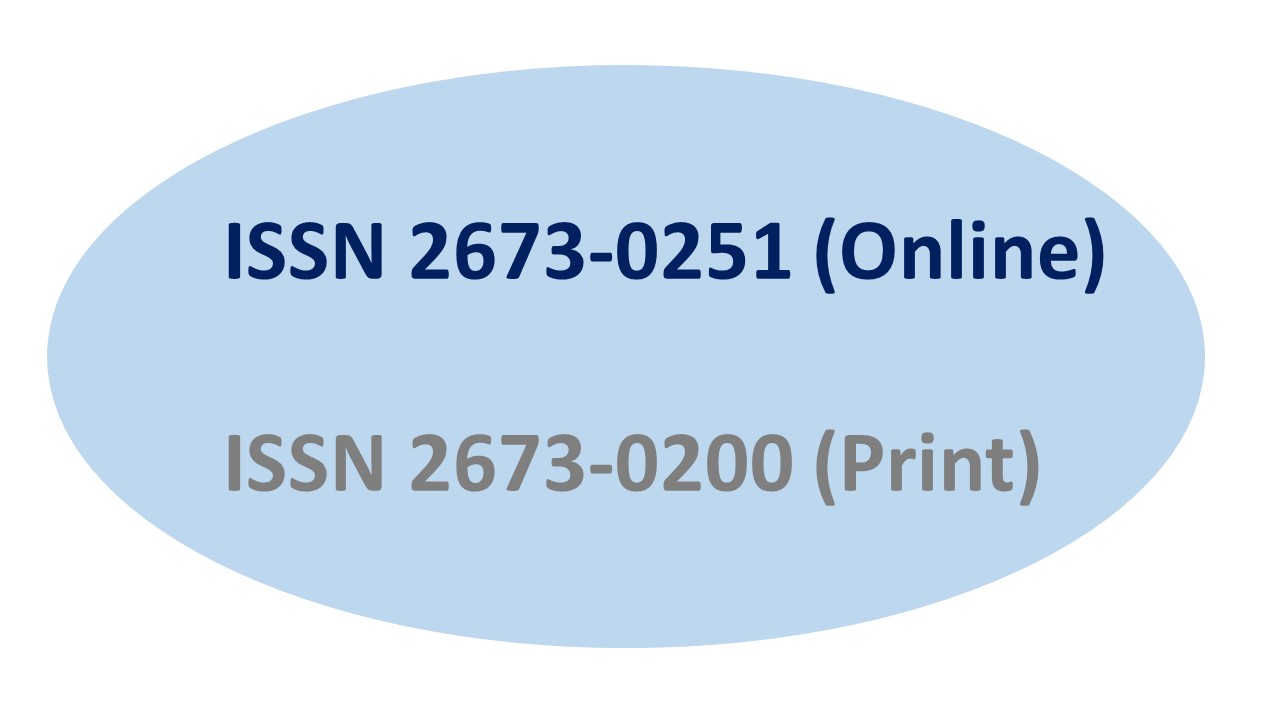Cost-Benefit Analysis of Automatic Emergency Braking System Installation from Thailand Vehicle Market
Keywords:
Cost-benefit analysis, Automatic emergency braking, Thailand vehicle marketAbstract
The automatic emergency braking (AEB) is one of the advanced active vehicle safety features which is the most promising safety technology in recent years for reducing accidents. This study analyzes the impact of AEB system installation in vehicle market using Cost-benefit analysis from Thailand. The benefit gain mainly bases on number of lives saved under rear-end collision accident. The cost is calculated from number of AEB unit installed in new vehicle each year. Sensitivity analysis is applied by varying effectiveness of AEB system. The results suggest that AEB is not cost-effective even in optimistic scenario under prescribed circumstance. Other benefit gain from AEB in aspect of accident prevention should be further investigated.
References
Bank of Thailand (2021). Thailand macroeconomic indicators. Retrieved Sep 29, 2021 from https://www.bot.or.th/App/BTWS_STAT/statistics/BOTWEBSTAT.aspx?reportID=409&language=TH
Cicchino, J. B. (2017). Effectiveness of forward collision warning and autonomous emergency braking systems in reducing front-to-rear crash rates. Accident Analysis & Prevention, 99, 142-152.
Department of Land Transport (2021). New Car Registration Statistics. Retrieved Sep 29, 2021 from https://web.dlt.go.th/statistics/
Edwards, M., Nathanson, A., & Wisch, M. (2014). Estimate of potential benefit for Europe of fitting autonomous emergency braking (AEB) systems for pedestrian protection to passenger cars. Traffic injury prevention, 15(sup1), S173-S182.
European Commission Directorate General Energy and Transport (2006). Cost-benefit assessment and prioritisation of vehicle safety technologies.
Fildes, B., Keall, M., Bos, N., Lie, A., Page, Y., Pastor, C., ... & Tingvall, C. (2015). Effectiveness of low speed autonomous emergency braking in real-world rear-end crashes. Accident Analysis & Prevention, 81, 24-29.
Isaksson-Hellman, I., & Lindman, M. (2016). Evaluation of the crash mitigation effect of low-speed automated emergency braking systems based on insurance claims data. Traffic injury prevention, 17(sup1), 42-47.
Jeong, E., & Oh, C. (2013). Methodology for estimating safety benefits of advanced driver assistant systems. The Journal of The Korea Institute of Intelligent Transport Systems, 12(3), 65-77.
Jomnonkwao, S., Uttra, S., & Ratanavaraha, V. (2020). Forecasting road traffic deaths in Thailand: Applications of time-series, curve estimation, multiple linear regression, and path analysis models. Sustainability, 12(1), 395.
Juntarasup, A. (2018). Process for improving safety and increasing performance service on motorway 7 and motorway 9 with in-depth analysis of causes for Accident. Thailand National Defense College.
Layard, P. R. G. (1994). Cost-benefit analysis. Cambridge University Press.
Ministry of Public Health (2021). Accident Database. Retrieved Sep 29, 2021] from
https://dip.ddc.moph.go.th/new/%E0%B8%9A%E0%B8%A3%E0%B8%B4%E0%B8%81%E0%B8%B2%E0%B8%A3/43-acc
Ministry of Transport (2008). Cost of losses from traffic accident. Retrieved Sep 29, 2021 from http://www.thaitransport.org/news/accidentcost/Summary%20of%20Traffic%20Accident%20Cost%20in%20Thailand%2015%20Mar%202008.doc
Ministry of Transport (2021). Transport accident management system. Retrieved Sep 29, 2021 from http://maps.mot.go.th/trams_current/MotSummary.aspx
Mohd Jawi, Z., Ariffin, A. H., Ahmad, Y., Abu Kassim, K. A., Mohamed, N., & Voon, W. S. (2014). Preliminary Cost-Benefit Analysis (CBA) for Safety Assist Technologies in ASEAN NCAP–Rationalizing the Impact to Road Safety for Malaysia’s Case. In Applied Mechanics and Materials (Vol. 663, pp. 596-603). Trans Tech Publications Ltd.
Royal Irrigation Department (2012). Social Rate of Discount. Retrieved Sep 29, 2021 from http://oopm.rid.go.th/subordinate/opm9/pdf/km/file_10.pdf
Sitthiracha, S., & Koetniyom, S. (2021). NCAP Rating: An Indicator for Life-saving in Road Traffic Accidents. WHO-Royal Thai Government Country Cooperation Strategy on Road Safety. Thailand.
Thailand Development Research Institute (2017). Assessment of road safety measures: Wat Ban Dai port – Tha Luang cement plant route and Mittraphap Road – Kaeng Khoi cement plant route cases.
Thailand Development Research Institute (2020). Road accidents biggest health crisis. Retrieved Sep 29, 2021 from https://tdri.or.th/en/2020/11/road-accidents-biggest-health-crisis/
Thatcham Research (2021). Autonomous Emergency Braking (AEB) Frequently Asked Questions. Retrieved Sep 29, 2021 from
https://web.archive.org/web/20180501093131/https://www.thatcham.org/files/pdf/AEB_FAQ.pdf
University of Arizona (2021). A Student’s Guide to Cost Benefit Analysis for Natural Resources: Lesson 6 - The Social Discount Rate. Retrieved Sep 29, 2021 from https://cals.arizona.edu/classes/rnr485/ch6.htm
World Government Bonds (2021). Thailand 10 Years Bond - Historical Data. Retrieved 2021 Sep 29, 2021 from http://www.worldgovernmentbonds.com/bond-historical-data/thailand/10-years/
World Health Organization. (2018). Global status report on road safety 2018: summary (No. WHO/NMH/NVI/18.20). World Health Organization.
World Health Organization. (2020). Thailand’s status against 12 Global Road Safety Performance Targets. Thailand.
Downloads
Published
Issue
Section
License
Copyright (c) 2022 International Journal of Public Health and Health Sciences

This work is licensed under a Creative Commons Attribution-NonCommercial-NoDerivatives 4.0 International License.
If the manuscript is accepted for publication, copyright of the article shall be assigned to the IJPHS. After acceptance of a manuscript, the authors will be requested to complete a copyright transfer agreement form







